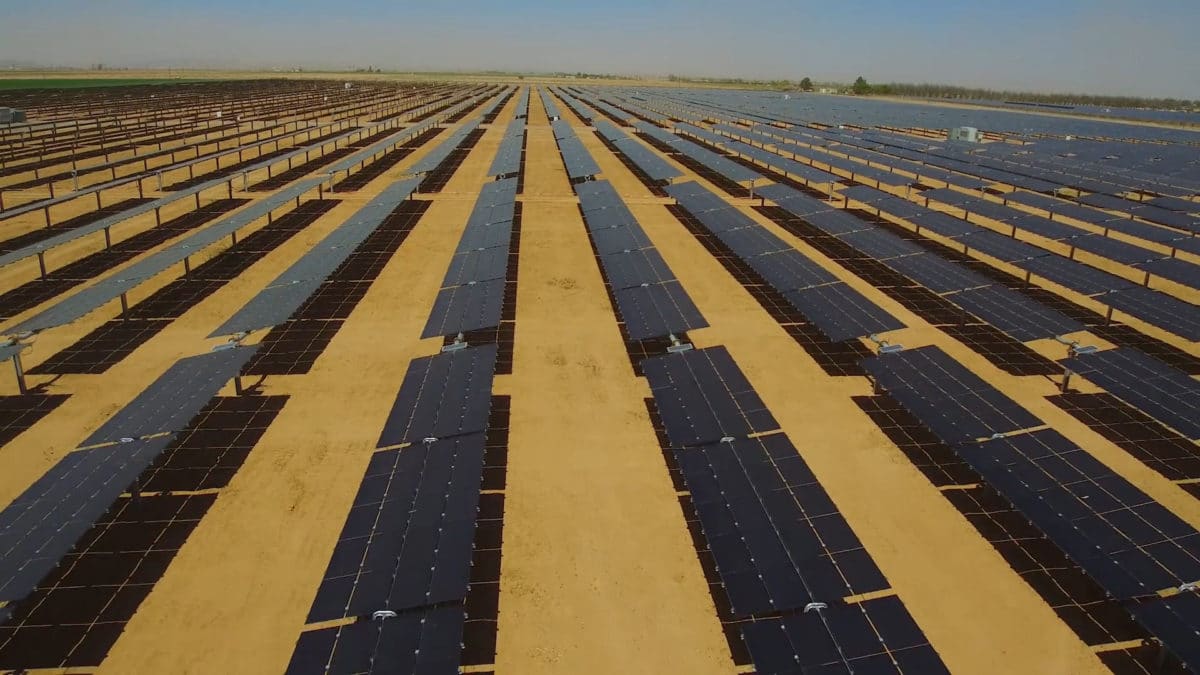There once was an argument that it wasn’t possible to scale solar to meet the demands of our society, and now instead there’s the question of what to do with the excess as certain peaks are hit. Models have suggested that overbuilding solar power is cheaper than seasonal storage or gas. Still others suggest that if we plan for curtailment and other flexible uses in our solar power plant designs, we’ll actually build more solar at better pricing. The reality is that utilities must plan for and model these high penetration, high curtailment models – because we’re now in a period of massive legislated change dictating high renewable penetrations over the coming decades.

Researchers at the U.S. Department of Energy’s (DOE) National Renewable Energy Lab (NREL), along with scientists from First Solar, have devised a calculation (above) to project how much active power is available in a curtailed solar power plant – on an inverter and possible module level – that can be used for ancillary services.
The paper, Highly Accurate Method for Real-Time Active Power Reserve Estimation for Utility-Scale Photovoltaic Power Plants (pdf), shows that for utility-scale PV power plants to be able to maintain the desired regulation range or spinning reserve levels, the plant controller must be able to estimate the available aggregate peak power that all the plant’s inverters can produce at any point in time.

The researchers built their models to account for variance in production on a per-inverter level, even though they noted that in clear sky settings a single unit could be used for these projects. The group’s work focused on a ~50 MWac plant composed of 96 500-kW inverters (layout noted above).

They collected data for several months, deciding to break down plant data in four different solar irradiance variability scenarios (above): (1) clear sky, (2) moderate variability, (3) intense variability, and (4) extreme variability of solar irradiation.
The researchers observed that the higher the number of inverters, the greater the amount of available power, and the higher the correlations (below) between their projections and actual data collected. However, in clear sky conditions, very few reference inverters were needed to produce accurate second-by-second power availability projections.

Future research plans include determining the optimal number of control zones in a power plant, location of reference inverters within those zones, dispatch intervals based on solar irradiance patterns, and the possibility of using short-term energy storage to correct estimation errors.
Both a growing body of evidence (pdf) and actual experience shows that solar power plants can be used for standard grid services, including those that historically had been provided by the physical mass spinning inside of generators. Models like these will enable power plant owners to further monetize their investments, which are already considered highly predictable, by adding predictable revenue streams from “wasted” solar power.
This content is protected by copyright and may not be reused. If you want to cooperate with us and would like to reuse some of our content, please contact: editors@pv-magazine.com.








By submitting this form you agree to pv magazine using your data for the purposes of publishing your comment.
Your personal data will only be disclosed or otherwise transmitted to third parties for the purposes of spam filtering or if this is necessary for technical maintenance of the website. Any other transfer to third parties will not take place unless this is justified on the basis of applicable data protection regulations or if pv magazine is legally obliged to do so.
You may revoke this consent at any time with effect for the future, in which case your personal data will be deleted immediately. Otherwise, your data will be deleted if pv magazine has processed your request or the purpose of data storage is fulfilled.
Further information on data privacy can be found in our Data Protection Policy.